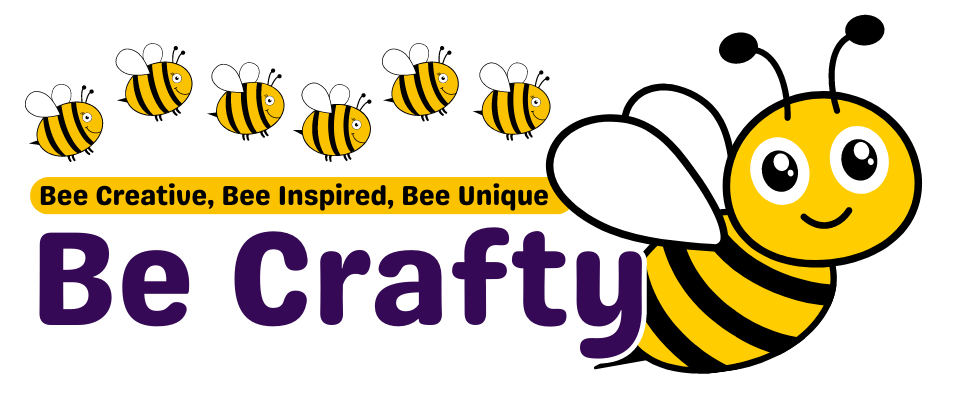Sewing is a versatile skill that can be both practical and creative. From mending a tear in your favorite pair of jeans to creating your own clothing or home decor, the possibilities are endless. Whether you’re a beginner just starting out or an experienced sewer looking to brush up on the basics, this guide will provide you with an overview of sewing machine essentials.
The sewing machine is the primary tool when it comes to sewing. It might seem intimidating at first, but once you get familiar with its parts and functions, operating it will become second nature. Let’s start by getting acquainted with the main components.
There are several parts to a sewing machine that you should be familiar with:
-
Bobbin: This small spool holds the bottom thread. It is loaded into the bobbin case beneath the needle.
-
Needle: The needle carries the top thread down into the machine to intertwine with the bobbin thread.
-
Presser Foot: This piece holds the fabric in place while you sew.
-
Feed Dogs: These metal teeth pull the fabric through the machine as you sew.
-
Foot Pedal: Like a car pedal, this controls the speed of your sewing.
Understanding these parts will help you troubleshoot any issues that may arise while sewing.
Before you start sewing, you’ll need to thread your machine. This involves threading the top thread through various guides and tension discs, down through the needle, and finally picking up the bobbin thread. Each machine may have a slightly different threading process, so it’s essential to refer to your machine’s manual for specific instructions.
Once your machine is threaded, you’re ready to start practicing some basic stitches. Most machines come with a variety of stitch options such as straight stitch, zigzag stitch, and buttonhole stitch. As a beginner, you’ll mostly be using the straight stitch for basic seams and hems.
When it comes to sewing, practice makes perfect. Start with scrap fabric and experiment with different stitch lengths and tensions until you feel comfortable. Once you’ve mastered straight lines, try sewing curves or corners.
Finally, remember that maintenance is crucial for keeping your machine in top shape. Regularly clean out any lint or dust from under the needle plate and oil any moving parts as directed by your machine’s manual.
As you gain confidence and experience, you can start tackling more complex projects like clothing or quilts. There are countless tutorials and patterns available online for all skill levels. Don’t be afraid to challenge yourself and learn new techniques.
In conclusion, learning to sew can open up a world of possibilities for creativity and self-expression. With patience and practice, anyone can master the basics of using a sewing machine. So go ahead, Be Crafty!
